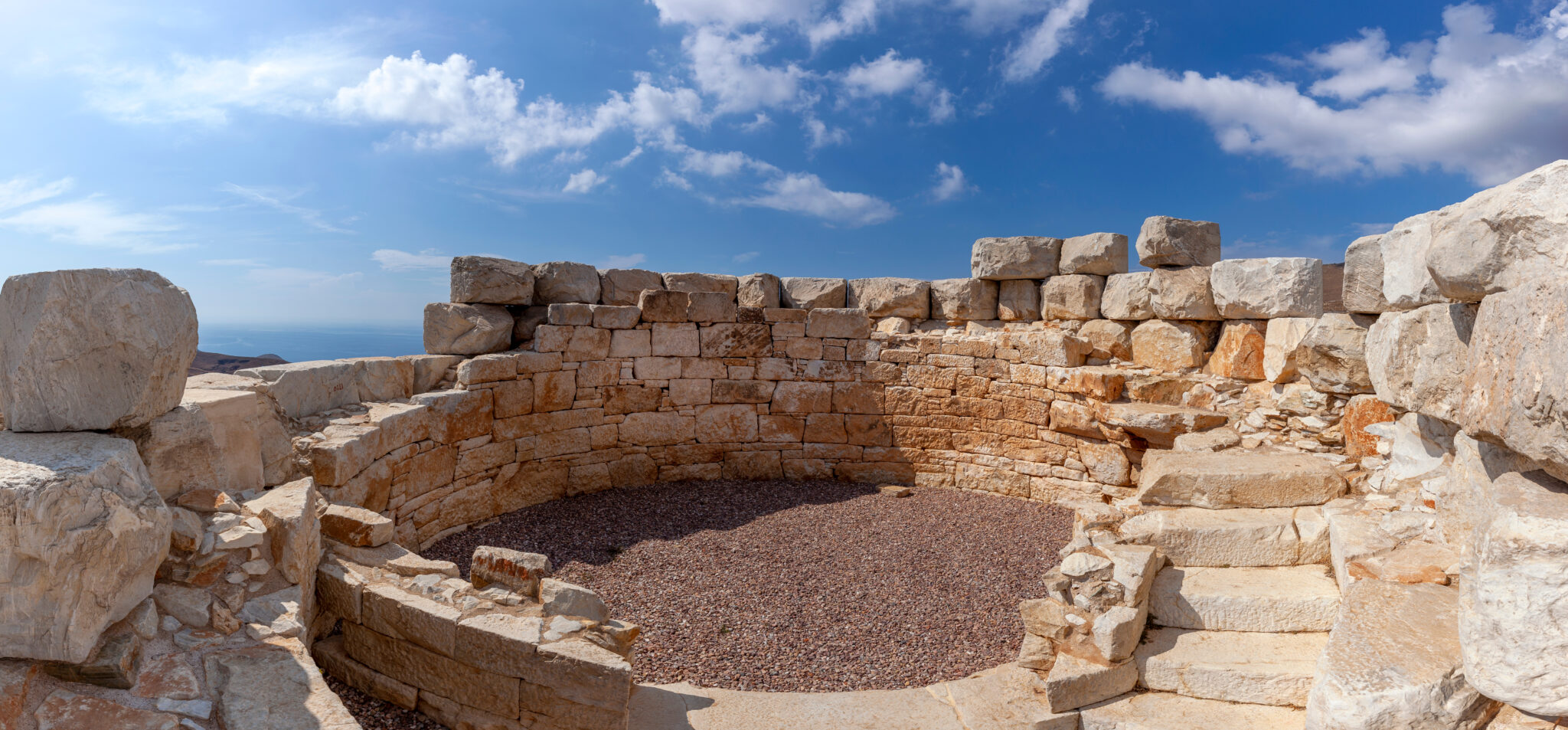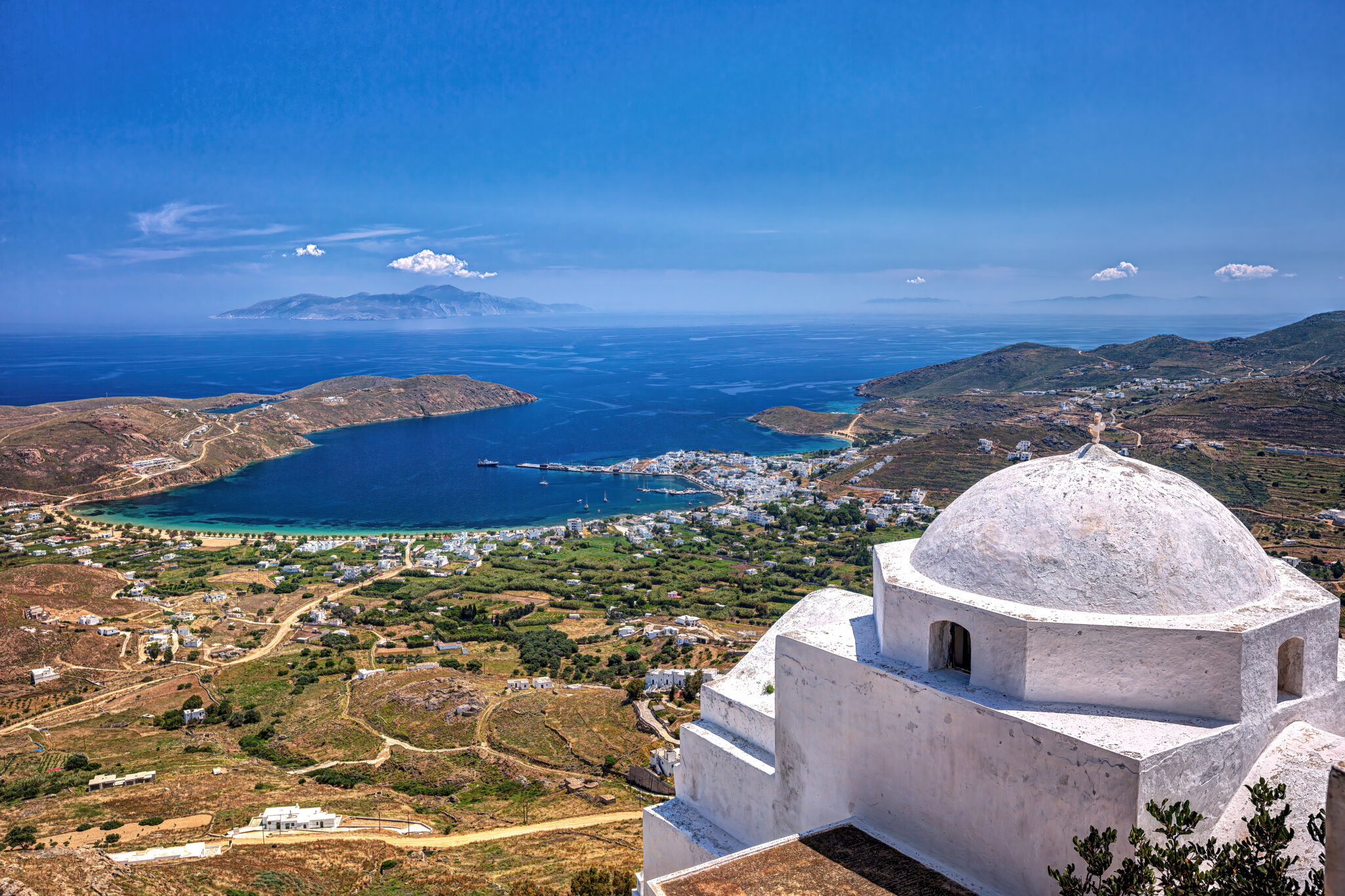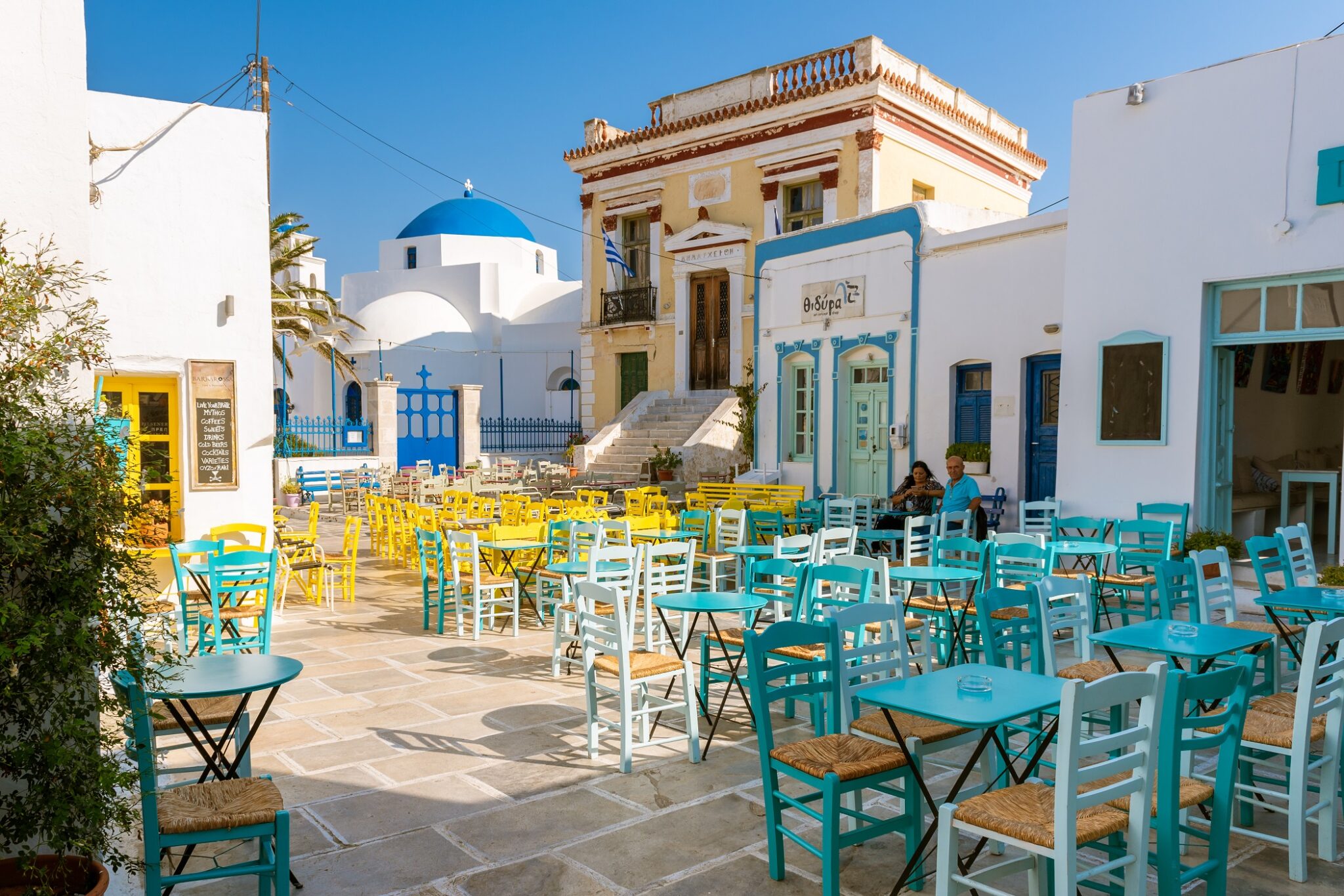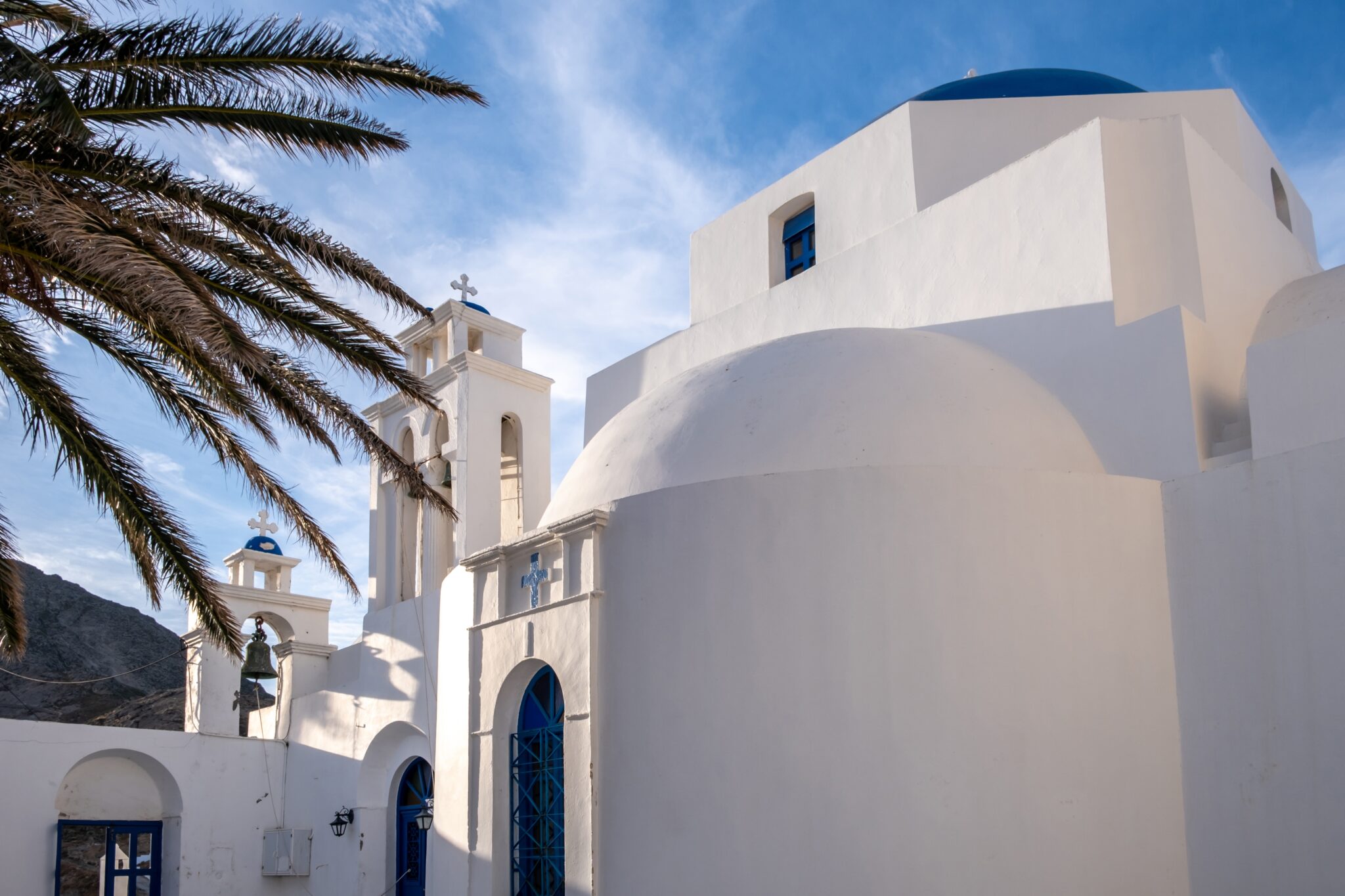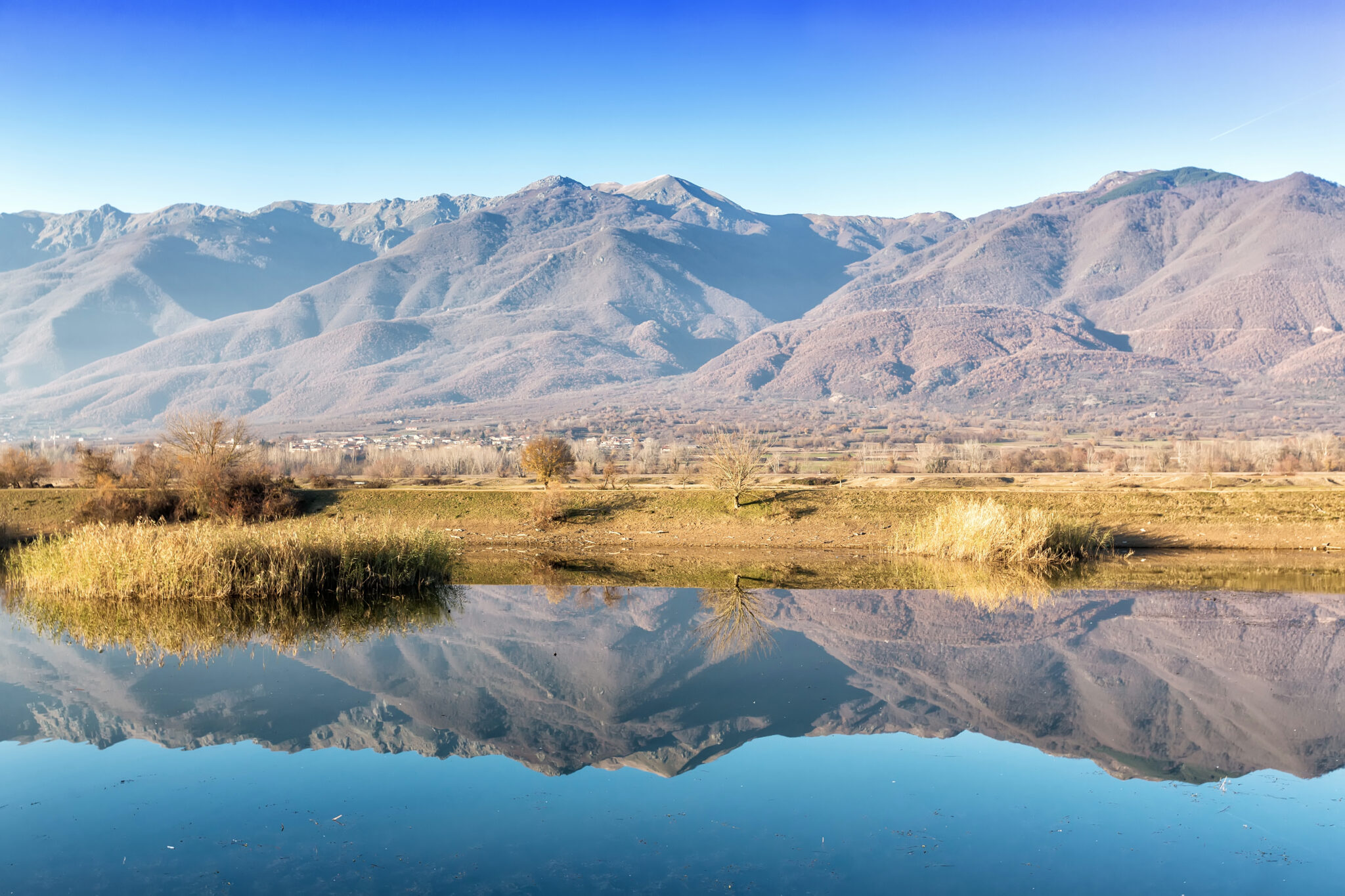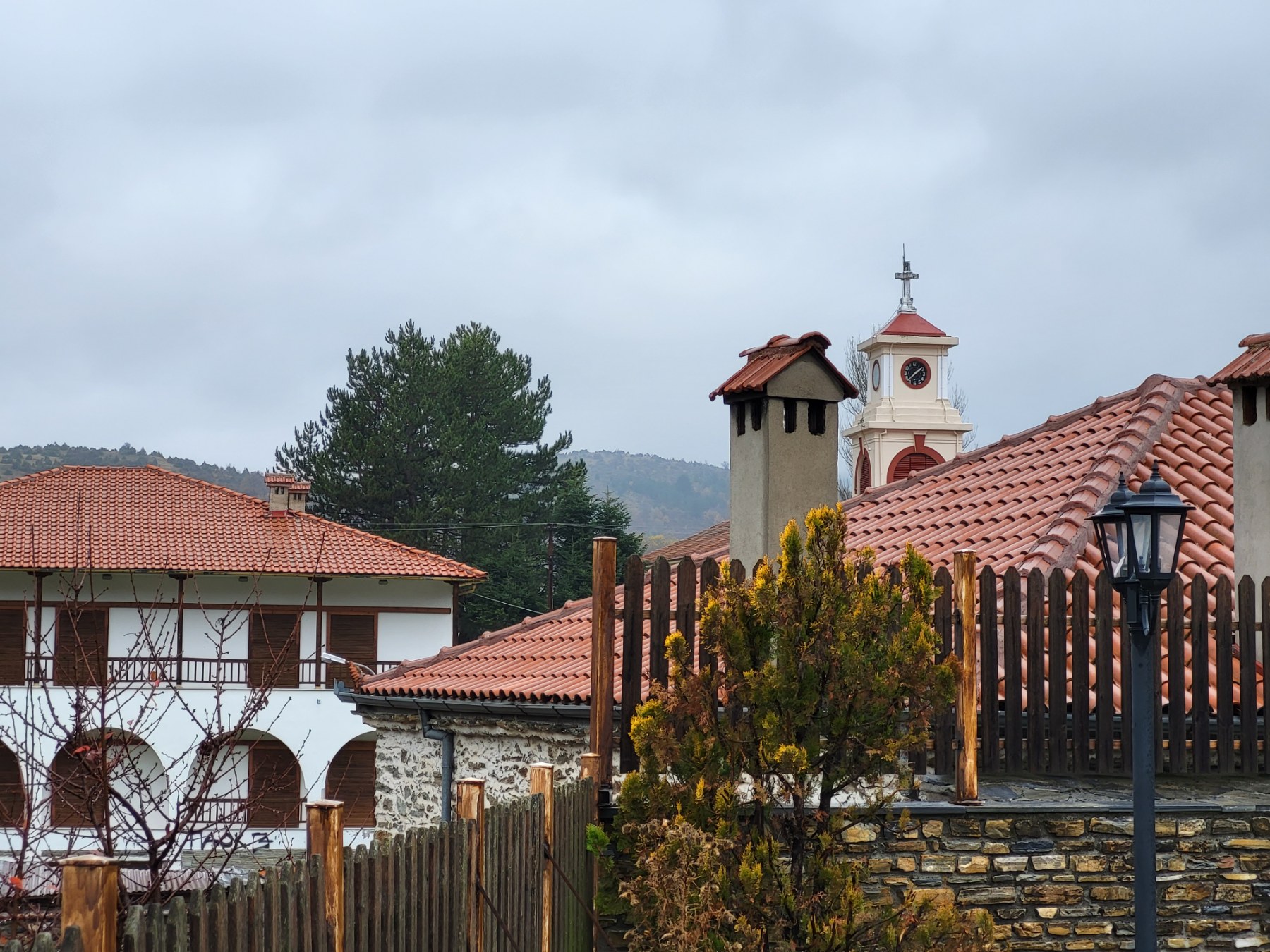As the ferry sails towards Serifos the stark rocky coastline can appear uninhabited until the ship turns into the Bay of Livadi and the beauty of Chora hits, a vision in white cascading down the hill to the port. One of the most beautiful towns in the Cyclades, Chora is all the more astonishing for not being hidden away in the hinterland as so many are.
Livadi is where most visitors stay and it is a small, pretty port town set in a wide green fringed bay handy for the beaches of the island. Established around 1870, it is the liveliest point on the island with the port, a marina, and the most facilities. Many island -hopping yachts stop here to take on freshwater which, belying the barren landscape, Serifos has in abundance, and unlike most Cycladic islands the water is drinkable from the tap.
A sunset walk along the front with the colourful boars bobbing in the water and the lights of the town twinkling on the sea is a must. The long beach at Avlomonas is a natural extension of Livadi and the resort is now stretching out to incorporate Livadakia and Ramos.
A stone path runs out of Livadi and up to Chora 2 kilometres higher up the hill. There is a road now, of course, but the old mule track is the most vivid way to approach one of the most unspoilt villages in the Cyclades. Pedestrianised and divided into Kato Chora, lower, and Ano Chora, upper, the two neighbourhoods are connected by flights of stairs. Ano Chora is a maze of whitewashed alleys and yards filled with Bougainvillea and jasmine with the church of Evangelismos tis Theotokou at its centre.
There is a small Folklore Museum in a beautiful mansion with displays of traditional costumes, household goods, tools, and everyday objects that elucidate the life of the islanders in the near past. Behind the museum is a theatre with 300 seats that is the centrepiece of the Summer Festival of Serifos, an annual cultural event that attracts Greek and international artists.
Further up the hill, Ano Chora is a dense labyrinth of alleys and whitewashed alleys that eventually spill out onto Pano Piatsa, the picturesque marble paved square with the neoclassical Town Hall building and the island cathedral of Agios Athanasios. Below is another square with three renovated windmills with great views and a small Archaeological collection with exhibits from the Hellenistic and Roman periods.
Climbing upwards there is Lotzia, the west gate of the old fortified town known as Kastro. Inhabited and fortified since antiquity, Xenophon mentions of a town with temples and public buildings. In the 15th century the Venetians created the fortified settlement, the ruins of which we see today. The densely built outer houses acted as a defensive wall and on its highest point stands Agios Konstantinos with a large yard and magnificent views to the right of Milos, Polyaigos and Kythnos, while ahead is Sifnos, and on the left is Antiparos, Paros, and Syros. One of the great vantage points in the Cyclades, try to arrive at sunrise to catch the great spectacle of the sun emerging from the Aegean and slowly colouring the harsh landscape of Serifos in magnificent morning sunbeams.
Read also:
Serifos: The ‘hidden’ gem of the Aegean Sea
Serifos: The Greek island with the golden beaches



